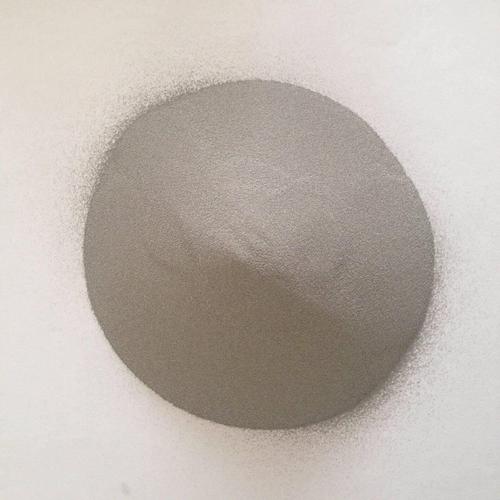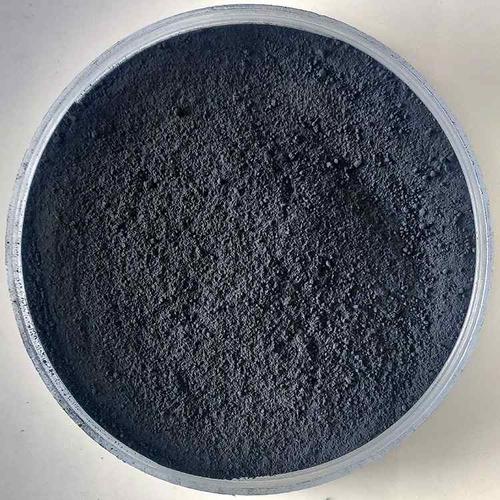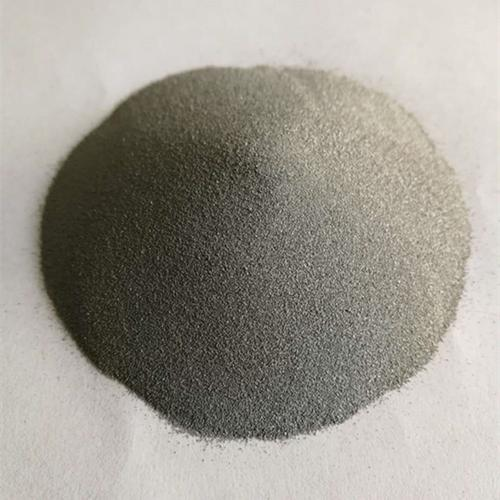**Title: Bare Metal Blues? Why Raw Steel Craves Powder Coating**
(Do You Need Bare Metal To Powder Coat)
That gleaming powder coated finish. It looks tough, lasts ages, and comes in every color imaginable. But before you get dazzled by the final look, there’s a crucial starting point: the metal itself. Specifically, does it *need* to be bare? Let’s cut through the confusion and get down to the gritty truth about powder coating foundations.
**1. What is Bare Metal Powder Coating?**
Think of bare metal powder coating like building a house. You wouldn’t slap paint over crumbling bricks or rotten wood. The base matters. “Bare metal” means exactly that. It’s the raw, untreated steel or aluminum fresh from the mill or after old finishes are stripped away. No rust. No grease. No old paint. No dirt. Just pure, clean metal ready for transformation.
Powder coating isn’t like regular spray paint. It’s a dry powder applied electrostatically. This powder needs a super clean, conductive surface to stick properly. Bare metal provides that perfect blank canvas. The powder gets charged electrically. The grounded bare metal pulls it in like a magnet. This creates an even layer that melts and bonds into a tough skin when baked. Starting with bare metal is the gold standard. It ensures the coating grips tight and lasts for years.
**2. Why Bare Metal is Non-Negotiable for Best Results**
You want that powder coat to stick like glue and look flawless? Bare metal is your best friend. The reason is simple: adhesion. Powder needs direct, intimate contact with the metal surface to form a strong chemical and mechanical bond during curing. Anything between the powder and the metal acts like a barrier. It weakens the grip.
Imagine trying to glue a poster to a dusty wall. It won’t hold well. It’s the same principle. Rust, oil, old paint, or even invisible contaminants prevent the powder from bonding directly to the metal. This leads to problems. The coating might peel, chip, or bubble easily. Worse, hidden rust can keep spreading underneath your beautiful new finish. You won’t see it until it’s too late. Bare metal eliminates these risks. It gives the powder a fighting chance to form an unbreakable bond. Skipping this step is asking for trouble. It might look okay initially, but failure is often just a matter of time.
**3. How to Prep Bare Metal for Powder Coating**
Getting metal truly “bare” and ready isn’t just a quick wipe-down. It demands serious prep work. This process is critical. Cutting corners here ruins the whole job. Here’s the essential drill:
* **Strip It Down:** First, remove any existing coatings. This usually means sandblasting (abrasive blasting). Blasting with media like aluminum oxide or sand scours off rust, old paint, mill scale, and grime. It also creates a slightly rough profile. Think microscopic scratches. This texture gives the powder more surface area to grip onto. Chemical stripping is an option sometimes, especially for intricate parts. Blasting is generally preferred for its thoroughness and profile creation.
* **Clean It Deep:** After blasting, the metal is clean but not *clean*. Blasting dust, oils from handling, or airborne contaminants linger. Degreasing is next. Parts get washed in special alkaline or acidic solutions. These solutions dissolve oils, grease, and other residues regular washing misses. This step is often done in multi-stage immersion tanks or spray washers.
* **Rinse It Pure:** Cleaning chemicals leave residues. Thorough rinsing with clean, preferably deionized water is essential. Any cleaner left on the surface becomes a contaminant itself.
* **Dry It Fast:** Water causes flash rust. Immediately after rinsing, parts must be dried completely. Compressed air blow-offs and baking in low-temperature ovens drive off all moisture. The goal is bone-dry, pristine bare metal.
* **Coat It Quick:** Time is critical now. Prepped bare metal starts oxidizing (rusting) fast, especially steel. Powder coating should happen ASAP after prep – ideally within hours. Professional coaters move parts directly from the cleaning line to the coating booth.
**4. Key Applications Demanding Bare Metal Prep**
Not every powder coating job requires museum-level prep. A simple bracket might get away with less. But for critical applications where failure is unacceptable, bare metal prep is mandatory. Think about these scenarios:
* **Automotive & Motorcycles:** Wheels, frames, engine parts, suspension components. These face extreme stress, heat, chemicals, and weather. A coating failure here isn’t just ugly; it’s dangerous. Bare metal prep ensures maximum durability and safety.
* **Outdoor & Architectural:** Fences, railings, light poles, building facades. Exposed 24/7 to sun, rain, snow, and salt. If the coating fails, rust takes over quickly. Bare metal prep is the defense against the elements.
* **Industrial Machinery:** Factory equipment, agricultural tools, construction gear. Subjected to heavy wear, impacts, oils, and solvents. Downtime for repainting costs money. Bare metal prep maximizes coating life and minimizes maintenance headaches.
* **Marine Environments:** Anything near saltwater. Boats, docks, hardware. Salt accelerates corrosion like nothing else. Bare metal prep followed by the right marine-grade powder is vital for survival.
* **High-Value or Critical Parts:** Aerospace components, medical equipment, custom furniture, or expensive restoration projects. The investment in quality demands the best possible foundation. Bare metal prep protects that investment.
**5. Bare Metal Powder Coating FAQs**
Let’s tackle the common questions head-on:
* **Can you powder coat over paint?** Technically, sometimes, if the paint is very well bonded and compatible. It’s risky. Testing is needed. Results are unpredictable. Adhesion is usually weaker. For guaranteed performance, stripping to bare metal is the only reliable method. Don’t gamble on an expensive coating job.
* **Can you powder coat over rust?** Absolutely not. Powder coating traps rust underneath. Rust keeps spreading, lifting the coating. It guarantees premature failure. Rust must be completely removed via blasting or grinding to reveal clean bare metal first.
* **What about light surface rust after prep?** This is “flash rust.” It happens fast on fresh steel exposed to air. Professional shops minimize this by coating immediately. If light flash rust appears, it needs to be removed again – often a light re-blast or chemical treatment – before coating. Never coat over it.
* **Is chemical stripping enough instead of blasting?** Chemical stripping removes paint but doesn’t create the mechanical profile blasting does. It also doesn’t remove mill scale effectively from steel. For optimal adhesion, blasting after chemical stripping (or just blasting alone) is needed to achieve the correct surface profile on the bare metal.
(Do You Need Bare Metal To Powder Coat)
* **Does aluminum need bare metal prep too?** Yes! Aluminum forms a protective oxide layer, but this layer isn’t ideal for powder adhesion. Prep (blasting and/or chemical etching) removes this layer and contaminants, creating a clean, active bare aluminum surface for the powder to bond to.
Inquiry us
if you want to want to know more, please feel free to contact us. (nanotrun@yahoo.com)


